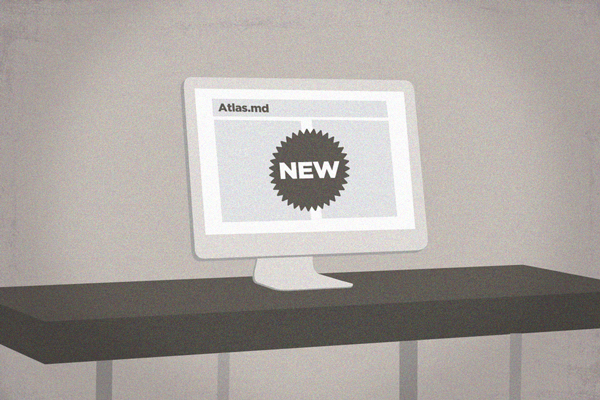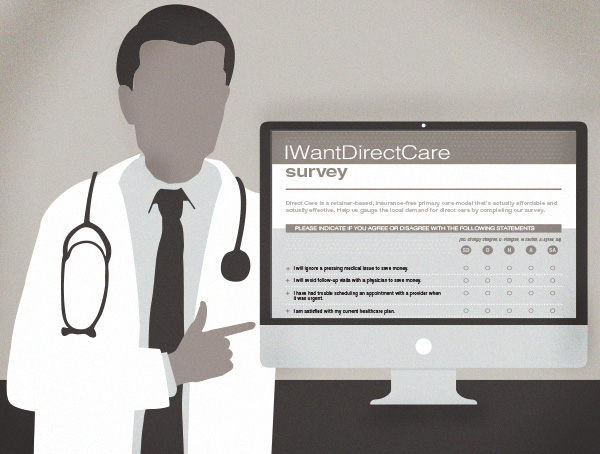Hospitality. A noun. It means “the friendly and generous reception and entertainment of guests, visitors or strangers.” It’s being nice. It’s treating people with kindness whether you know them or not. It’s going above and beyond to exceed expectations. Make sure people are taken care of. Sounds amazing, doesn’t it? Literally, who wouldn’t want to be on the receiving end of that?
It’s sad how little we actually see hospitality in action, though. We complain about its absence all the time. At the grocery store when the checkout person tosses our goods to the bagger and we’re just sure the pretzels have been crushed into teeny tiny bits. At the drive-through window, when the employee barely looks you in the eye as he hands you your drink… which happens to be dripping down the side… and then all over your hands. On the road when the kid on his cell phone pulls out in front of you without looking twice – or once for that matter. At the Dr.’s office as you’re shuffled in and out the door like you’re just another pretty face.
Think about each of these situations and how they make you feel. The lasting impact they have on you. Your mood. How you treat others as a result. It’s a slippery slope, and it all starts with hospitality. As a DPC doc, you can’t do much about most of those situations… except the last one. That might be the hardest one to remedy, too. The healthcare community isn’t taught how to be nice, so we tend to come off a little rough around the edges. You might also argue that while you didn’t go to school to fill out paperwork, you certainly didn’t go to school to learn how to schmooze and blow smoke, either. Read more








